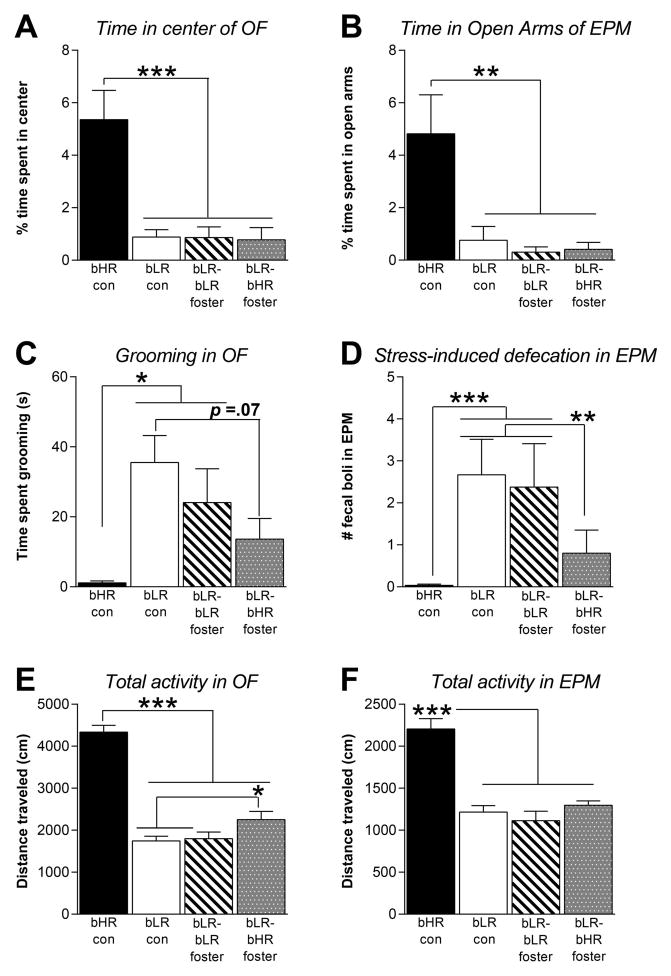Figure 1. Cross-fostering bLR offspring to bHR mothers subtly reduced adult anxiety-like behavior in the Open Field Test and Elevated Plus Maze.
(A) Cross-fostering did not affect bLR offspring’s Open Field (OF) center time, with bLR-bHR cross-fostered offspring spending similarly low amounts of time in the center as bLR controls and bLR-bLR fostered rats. The bHR controls spent more time in the center than all bLR groups. (B) Likewise, in the Elevated Plus Maze (EPM), cross-fostering did not affect bLR offspring’s time in the open arms, with bLR-bHR fostered rats spending as little time in the open arms as bLR controls and bLR-bLR fostered animals. The bHR controls spent significantly more time in the open arms. (C) Cross-fostered bLR offspring exhibited less grooming compared to bLR controls, indicating less anxiety. bHRs groomed less than bLR controls and bLR-bLR fostered offspring (but did not differ from cross-fostered bLRs). (D) Cross-fostered bLRs’ showed less stress-induced defecation in the EPM relative to bLR controls, another indicator of reduced anxiety. bHR controls showed less defecation compared to bLR controls and bLR-bLR fostered rats, but did not differ from bLR offspring cross-fostered to bHR mothers. (E) In the OF, bHR controls showed greater overall activity compared to the three bLR groups, although bLR offspring cross-fostered to bHR mothers displayed a slight by significant increase in novelty-induced activity compared to bLR controls that were raised by their biological bLR mothers. (F) In the EPM, bHR controls again showed greater overall activity compared to the three bLR groups. Maternal care condition did not affect bLR offspring’s total activity in the EPM. Data represent means ± SEM; * indicates p<0.05; ** indicates p<.01; *** indicates p<.001

